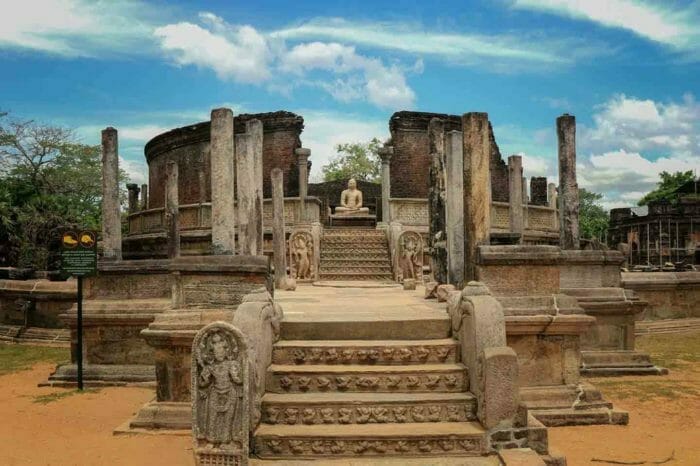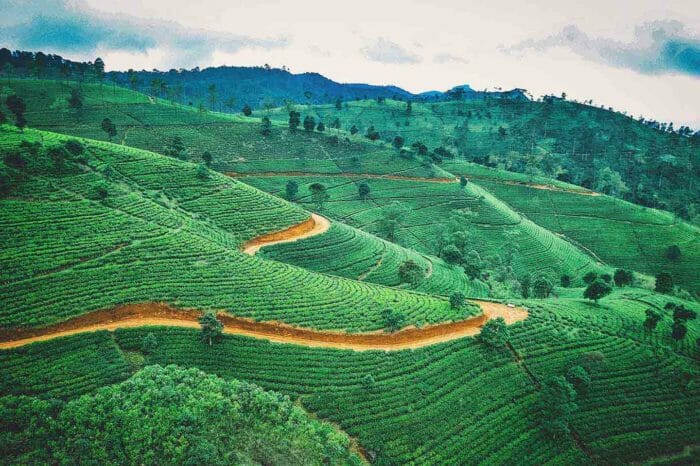Sigiriya Lion Rock
Sigiriya
Sigiriya is the most visited tourist attraction and one of the most valuable historical monuments of Sri Lanka. The palace and fortress complex is renowned as one of the finest examples of ancient urban planning. Considering the uniqueness of Sigiriya UNESCO declared it a World Heritage site in 1982 because of urban planning, water engineering, gardening, and arts, it’s the Eighth Wonder of the World. This ancient palace and rock fortress complex has significant archaeological value and attract thousands of visitors every year. This is an ancient citadel located in Sigiriya near the town of Dambulla in the Central province of Sri Lanka.
Lion Rock

Frescoes

The identity of the ladies in these paintings still has not been confirmed. Some believe that they are the ladies of the king, and some others think that they are women taking part in religious observances. These images have a close similarity to pictures seen in the Ajanta Caves in India
How the frescoes made
The ground of the Sigiriya fresco is all in all laid in three layers, mud fortified by paddy husks and other natural fibers, mud blended with lime and sand, and a surface richer in lime than the previous layer. The final coating of lime was applied and wiped smooth to obtain the colors which are the three traditional earth colors of the ancient painter’s palette- red ochre, yellow ochre, and green earth. the method of painting has been shown to be an oil emulsion tempera with gum. This is the initial example, adequately dated, of a painting that is known to contain a drying oil in the binding medium both in the laying of the ground as well as in the paint layer.
Mirror Wall

The Archaeological Commissioner of Ceylon, Senarath Paranavithana, read 685 verses written in the 8th, 9th and 10th centuries CE on the mirror wall. One such poem from these long-past centuries, roughly translated It saying
“I am Budal. Came with hundreds of people to see Sigiriya. Since all the others wrote poems, I did not!”
Today, writing on the wall is strictly prohibited. These impressions are proving that Sigiriya was a tourist destination more than a thousand years ago.
Boulder Gardens

Water Gardens
When you are visiting through the west gateway The Water Gardens are the first part of Sigirya. Fairly well preserved. There were a number of palaces and bathing pavilions among the gardens and the entire area featured lush flora. The area is reserved for the royal family to relax. Each garden has its own unique features.
The Miniature Water Garden and Interlocking L Shaped water gardens are primarily bathing pools.
Water Fountain Gardens display of hydraulic water system
Terrace Gardens

The rocky plateau of Sigiriya has served as a monastery Since the 3rd century BC. In 477 – 495, King Kasyapa decided to construct a royal residence here on top of this rock.
After the death of the king, Sigiriya again became a Buddhist monastery until the 14th century, when it was abandoned.
Sigiriya Lion Paws

Most useful links
Home Travel Tips Get free Quote
Share this tourOur Speciality
Contact Info
+94 77 4 260 250
ccd@hellowtravel.com
No. 427/2, Siyambalape North,
Siyambalape.Monday-Friday 8.00am to 5.00 pm
Saturday 8.00 am to 1.00 pm









